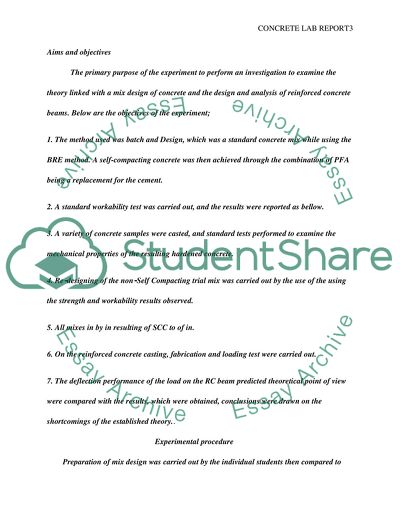Cite this document
(Concrete Lab report Example | Topics and Well Written Essays - 2000 words, n.d.)
Concrete Lab report Example | Topics and Well Written Essays - 2000 words. https://studentshare.org/engineering-and-construction/1861211-concrete-lab-report
Concrete Lab report Example | Topics and Well Written Essays - 2000 words. https://studentshare.org/engineering-and-construction/1861211-concrete-lab-report
(Concrete Lab Report Example | Topics and Well Written Essays - 2000 Words)
Concrete Lab Report Example | Topics and Well Written Essays - 2000 Words. https://studentshare.org/engineering-and-construction/1861211-concrete-lab-report.
Concrete Lab Report Example | Topics and Well Written Essays - 2000 Words. https://studentshare.org/engineering-and-construction/1861211-concrete-lab-report.
“Concrete Lab Report Example | Topics and Well Written Essays - 2000 Words”. https://studentshare.org/engineering-and-construction/1861211-concrete-lab-report.


